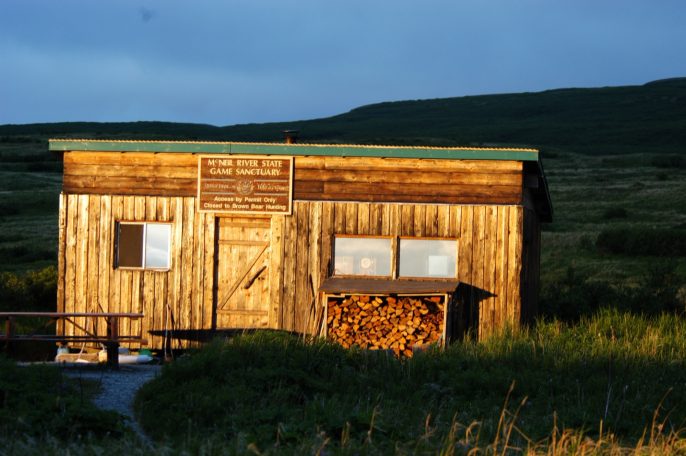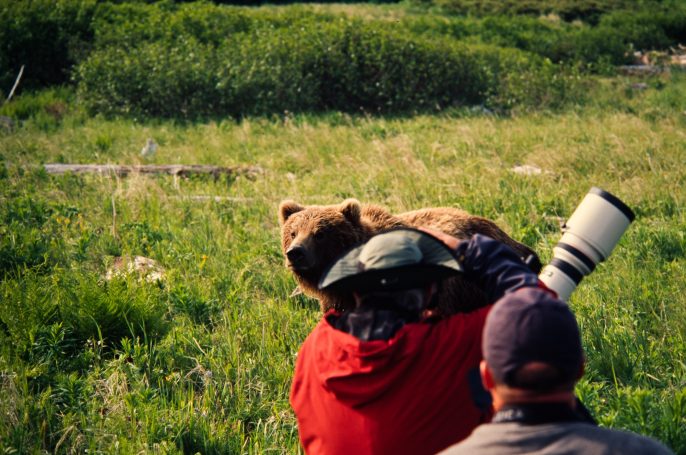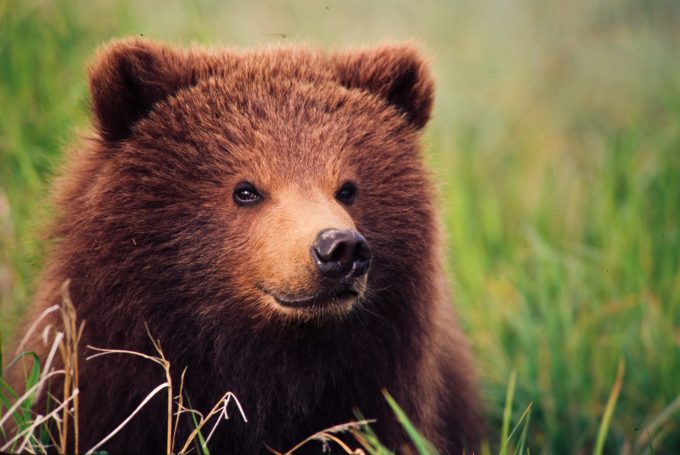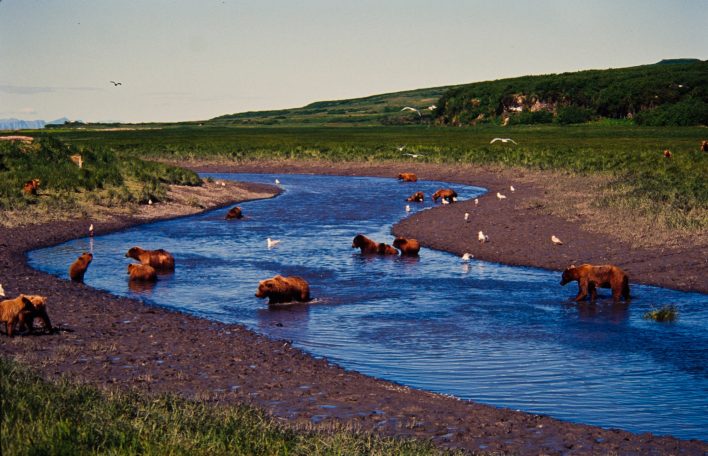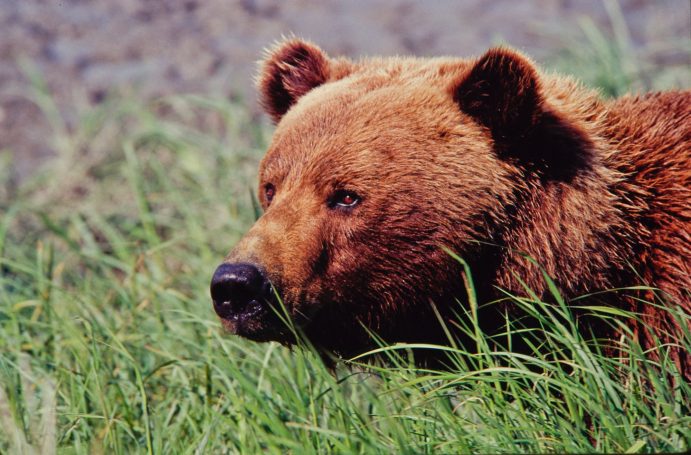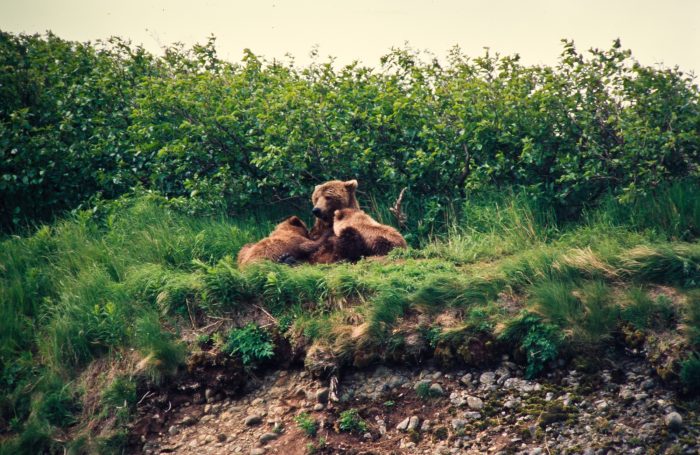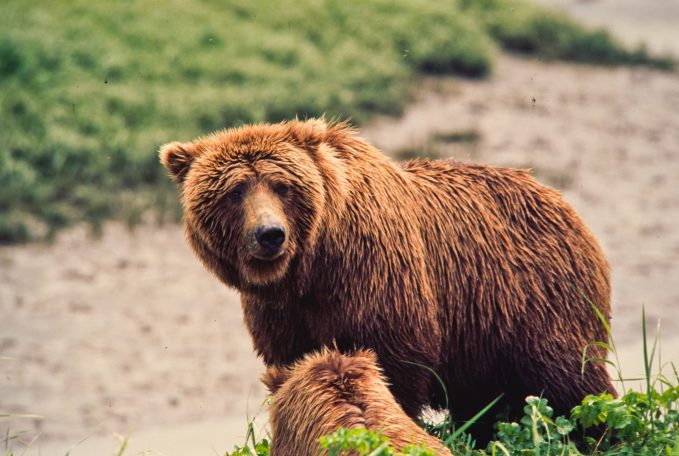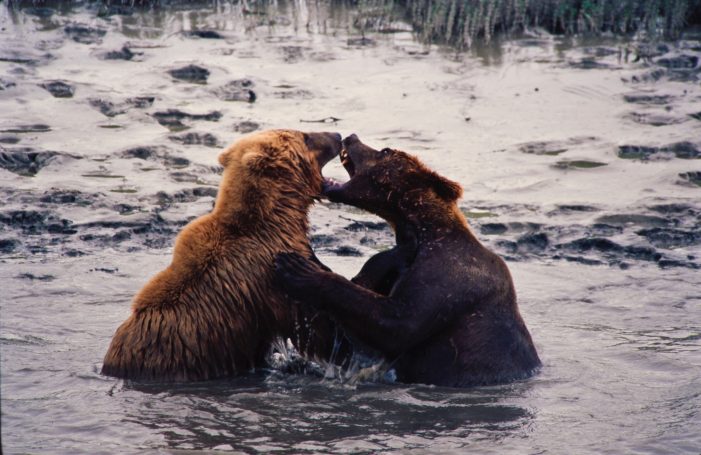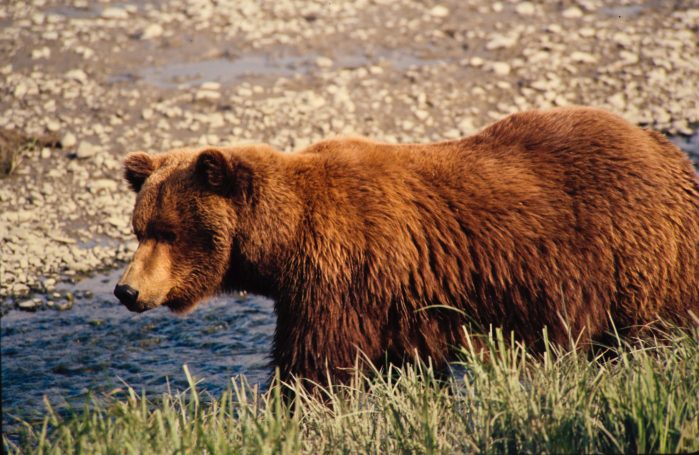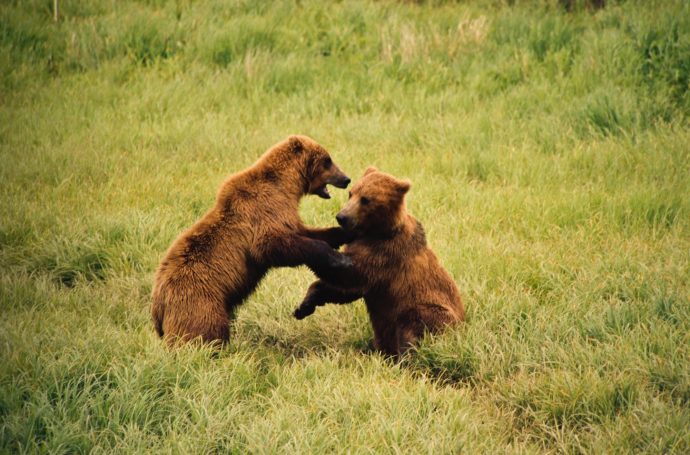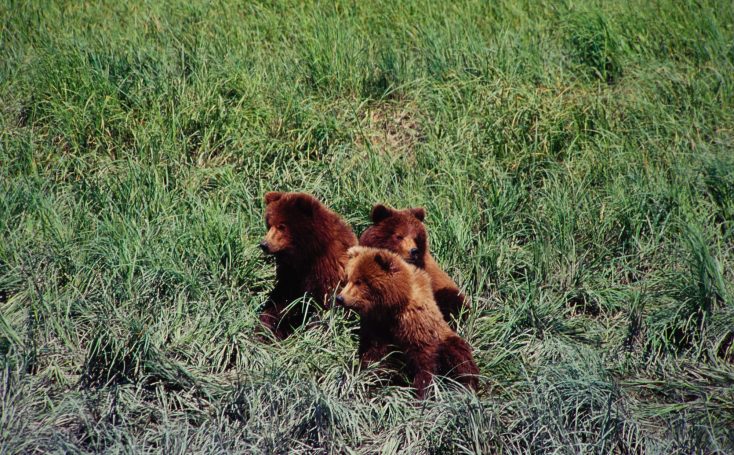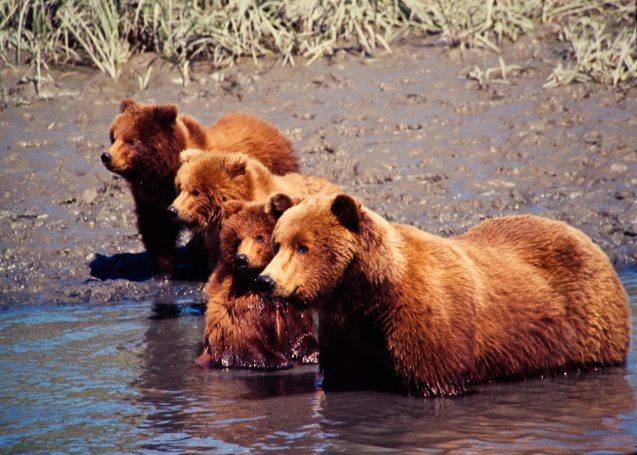Article: Photographing Wildlife in Alaska
Wildlife photography is one of the most rewarding and challenging genres in the field. It requires patience, technical skill, and a deep respect for animals and their environments. Whether you’re photographing garden birds or exploring wild habitats, this guide will help you start strong with ethical and effective practices.
This article is just a glimpse into the world I’ve documented through my lens. My full photo book, Giants of the Wild: Grizzly Bears of Alaska and the McNeil River Sanctuary, features 50 pages of original images, stories, and insights from my fieldwork.
If you’re a nature lover, aspiring wildlife photographer, or advocate for the wild, I invite you to explore the book, available soon through Hopukia.com/shop.
Grizzly Bears of McNeil River: Wildlife Encounters at the Edge of the World
By Eric Henry, Wildlife Photographer | Hopukia Photography
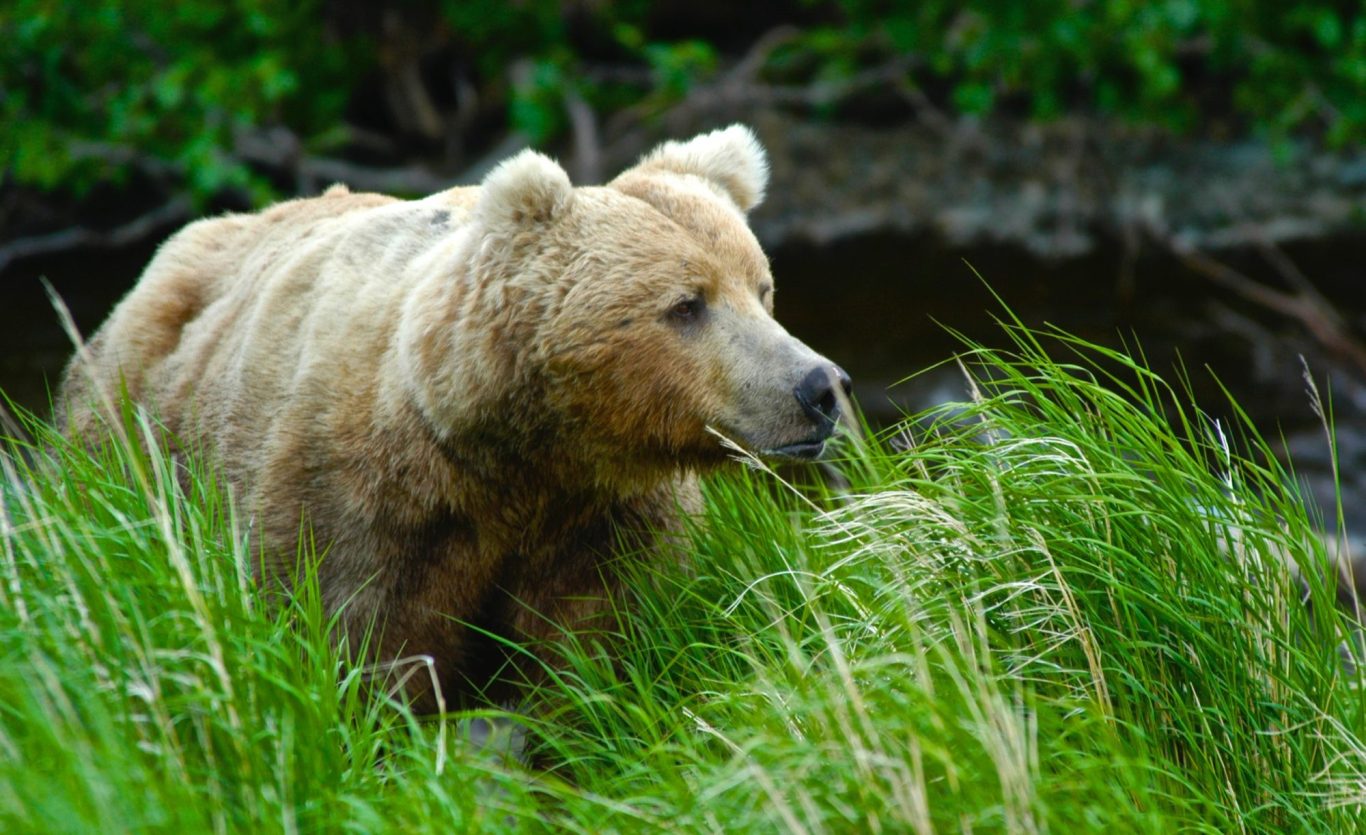
Welcome to Bear Country
In a remote corner of southwest Alaska lies one of the greatest wildlife spectacles on Earth. The McNeil River State Game Sanctuary is not just a haven for grizzly bears, it is a pilgrimage site for nature lovers, conservationists, and wildlife photographers seeking raw, unscripted encounters with the wild.
Every summer, dozens of coastal brown bears gather at the McNeil River and Mikfik Creek to feed on spawning salmon. Nowhere else in the world do so many grizzlies peacefully coexist in such close quarters. With limited human access and a strict permit system, this sanctuary is a model for responsible wildlife viewing and one of the best places on the planet to photograph bears behaving naturally.
What Makes McNeil River So Unique?
The McNeil River Sanctuary, established in 1967, spans over 200 square miles of protected land. It’s not a zoo or park with observation platforms. Visitors hike in, stay in remote campsites, and sit quietly by the riverbanks as massive grizzlies stroll past.
During the peak salmon run from late June to mid-August, it’s not uncommon to see 40 bears fishing, sparring, or teaching cubs the art of survival, all within view of a handful of respectful observers. Because the bears are accustomed to predictable, non-threatening human presence, they allow people into their world without altering their natural behavior.
For photographers, this means something rare: the chance to document truly wild bears up close, without bait, fences, or fear.
Photographing Grizzlies: A Field Guide for the Respectful Photographer
Getting great bear shots at McNeil takes more than the right lens. It takes preparation, patience, and deep respect for your subjects. Here’s what I’ve learned from photographing bears in this sacred space:
1. Gear Up Smart
Lenses: A 100–400mm zoom is ideal. A 500mm prime is excellent for isolating details from a safe distance.
Camera Settings: Use fast shutter speeds (1/1000s or faster) to freeze action. Set to continuous autofocus with tracking.
Weatherproofing: Expect rain, mud, and mist. Bring dry bags, lens covers, and plenty of lens cloths.
2. Know the Behavior
Understanding bear body language is essential. Look for signs of play, dominance, submission, or curiosity. Knowing when a bear is relaxed vs. stressed helps you capture honest moments, and stay safe.
3. Be Invisible, if you can
The best wildlife photographers let nature unfold without interference. Stay quiet. Avoid sudden movements. Let the bears come into frame on their terms.
4. Shoot the Story
Go beyond the close-up. Capture the context, the rushing river, the salmon leap, the mother and cub’s bond. Tell the story of the bear, not just the face of the bear.
5. Respect the Sanctuary
Stay with your guide. Follow all rules. Never approach bears or separate from your group. The privilege of being here depends on absolute discipline.
The Emotional Impact of the Encounter
Photographing a grizzly bear is not just about filling memory cards. It’s about being present with a force of nature. Watching a sow nurse her cubs, or an 800-pound male delicately paw at the water’s edge, is a moment that grounds you in humility.
At McNeil, I’ve witnessed bears display power, tenderness, intelligence, and patience. I’ve photographed cubs play-wrestling on gravel bars, and massive boars standing like statues as salmon dart beneath them.
These moments have shaped not just my portfolio, but my perspective.
Why We Must Protect These Places
McNeil River proves that peaceful coexistence is possible when humans respect wildlife. But even this sanctuary is not immune to threats. Salmon populations are vulnerable to climate change. Bear habitats are fragmented by industry. Outside the sanctuary’s boundaries, hunting and human activity can disrupt bear behavior.
By sharing these stories and images, we can inspire action. Conservation begins with connection, and few places offer such powerful connection as McNeil River.

